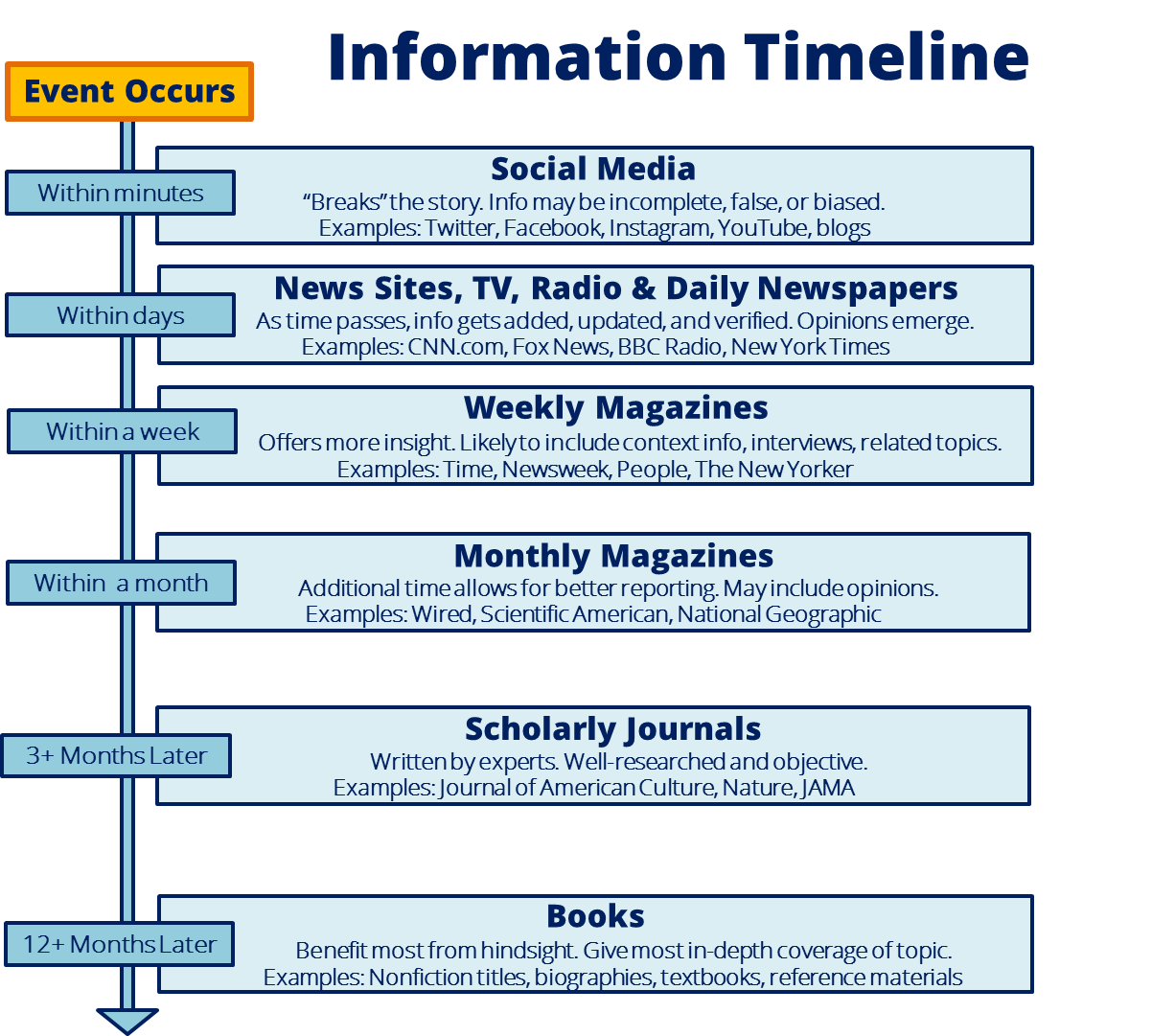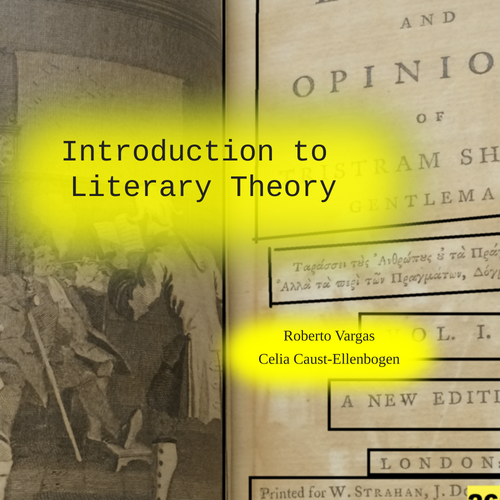Doing European
History Research
Workshop for HIST 030
(Brown, Fall 2025)
Simon Elichko (they/he)
Social Sciences & Data Librarian
What we'll go over:
- Understanding different types of sources
- Navigating scholarly research
- Exploring digital collections for postwar European history
- How to get the most out of research projects
One 10-12 page final paper, due by 12:30pm on Dec. 22 (approx. 40% of final grade).
Choose any one weekly topic theme and write an analytical essay on the subject. This paper requires you to use both primary and secondary sources.
Oct. 27, 12:30pm: Tentative paper topic, two potential outside secondary sources, two potential primary sources due
Understanding different types of sources
Information Timeline Graphic by adstarkel. Used under CC BY-NC-SA 2.0

First place to look:
How to find it:
- Go to Tripod (tripod.swarthmore.edu) or Swarthmore Libraries (swarthmore.edu/libraries)
- Choose Research Guides
- Search glory days
See this page: Primary Sources
Primary sources:
exploring digital collections
Historical News
Pair up with the person next to you.
Run the same search in these two databases and compare what you find:
- The Times Digital Archive
- The Guardian and Observer
What do you notice about the results?
Exploring additional primary sources
See these pages in the research guide for links to relevant databases:
- News
- Video & Audio
- Online Collections
This is also a great reason to reach out to a librarian or archivist!
Navigating scholarly research
Secondary Sources:
Books & Book Chapters
Go to Tripod (tripod.swarthmore.edu)
Switch to the Course Reserves search
Search Megan Brown

Questions for identifying scholarly research
-
Who wrote it?
- Does the author have training in history? Another field?
- What kind of expertise do they have about the topic of the book?
-
Who published it?
- University presses such as Duke, Princeton, Oxford, Cambridge, Chicago, Penn, Rutgers, Wisconsin
- Non-university presses that often publish scholarly books include Routledge, Berghahn, Rowman and Littlefield, Springer/Palgrave
-
How does this source engage with other research?
- Do you see citations to other scholarship?
- Are there notes and/or references at the end of the book or article?
Choose one of these books




History Databases
Finding journal articles and book reviews
Useful databases for finding history research


Let you find articles by time period being discussed
Searching a Database:
Historical Abstracts
- Start from Tripod (tripod.swarthmore.edu) or swarthmore.edu/libraries.
- Follow the link to Database Finder.
- Look for Historical Abstracts. Click the yellow S to connect.
Searching a Database: Historical Abstracts
Reasonable search, but it
doesn't work very well:
14 results
Looking at the results, pay attention to the Subjects. These are used to tag articles by topic. Do you notice useful Subjects to search with?
hint: look at result #7
spain
Subject Terms - SU ▽
Subject Terms - SU ▽
strike OR labor
AND
Go to ▼All Filters and set Language to English
Searching a Database: Historical Abstracts
| Wildcard search: add * to end of word |
Quaker* | You'll find: Quaker, Quakers, Quakerism |
| Phrase search: "two words" enclosed in quotes |
"Society of Friends" | You'll find: "Also known as the Religious Society of Friends..." Won't find: "They became friends after meeting in the hall of a secret society on-campus" |
| OR search: put OR in between each word |
Quaker OR friend | You'll find articles including either the word "Quaker" or the word "friend" |
Database Search Tips
Key tip: use filters to refine your results
▼ All Filters : Language • Publication Date • Subjects
Advanced Search : Historical Period
Doing research vs.
directionless tab overload

Practices for actively building knowledge while you do research
- Create a synthesis matrix to track particular questions and claims across different articles
- Consider using Zotero, which lets you tag your sources, add notes to them, and format citations
(also: free storage with Swarthmore.edu email)
- Brainstorm your research questions and take high-level notes visually using a mind map
Active Reading: Synthesis Matrix
| Article/ Source #1 | Article/ Source #2 | Article/ Source #3 | |
|---|---|---|---|
|
Question 1: |
|||
|
Question 2: |
|||
|
Theme 1: |
Explore secondary sources on your own
- Choose a possible theme or topic
- Search for a relevant journal article or book using one of these resources:
- Historical Abstracts
- Tripod
- JSTOR
- Ask for help as you work - this is the best way to learn.
Background image credit: Briandra Maldonado (via Unsplash)
Research Help & Advice
- Make an appointment with Simon
- Or email them: selichk1@swarthmore.edu
HIST 30: Glory Days? Europe's Postwar 1945-1975
By Swarthmore Reference
HIST 30: Glory Days? Europe's Postwar 1945-1975
- 207



